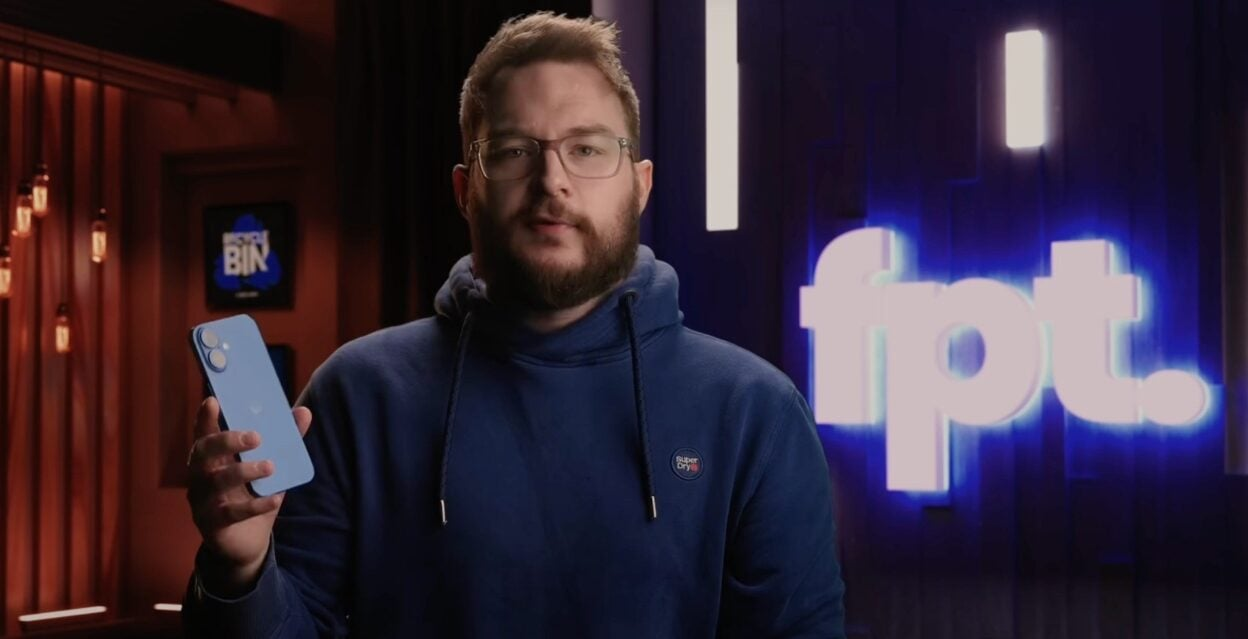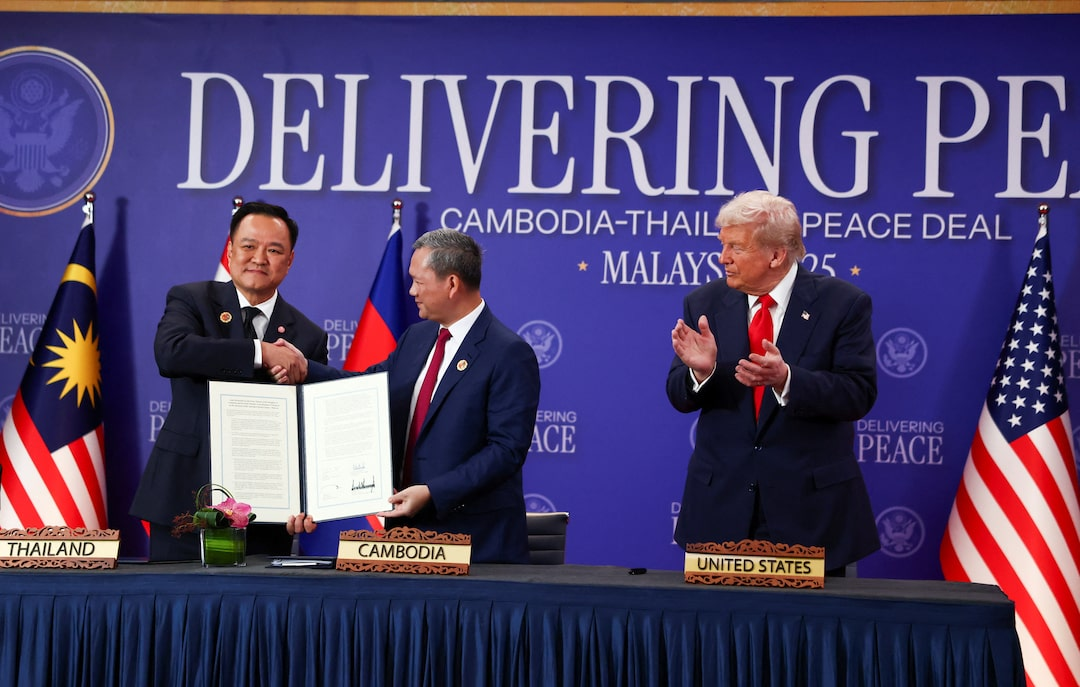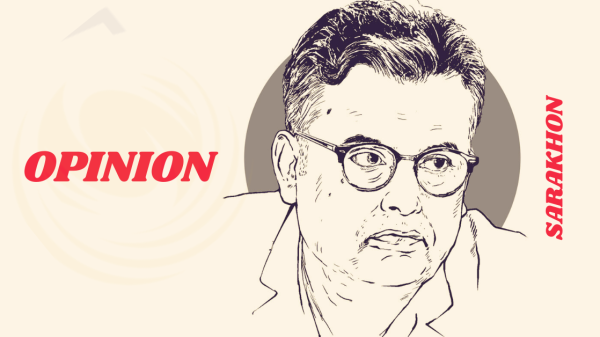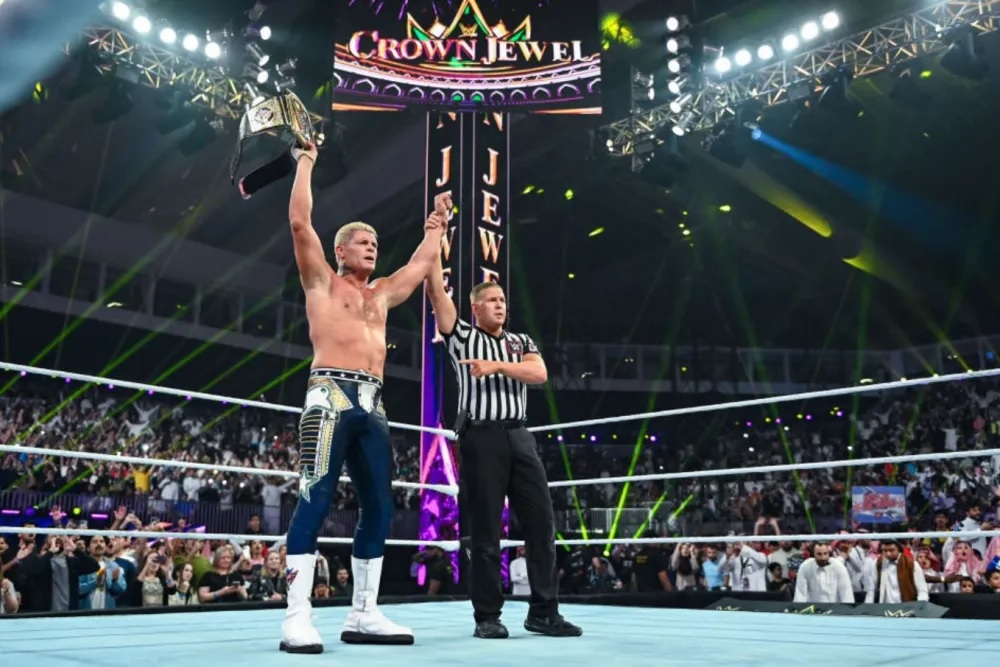TIKTOK DIVESTMENT PLAN RAISES NEW QUESTIONS ABOUT POWER AND POLICY

Inside a deal with high stakes for tech and politics
The White House’s push to force a U.S. carve-out of TikTok is no longer just about data security. The emerging framework now doubles as a vehicle to reward allies and reshape the media ecosystem, according to critics. The plan follows a 2024 law requiring divestment or a ban; months of delays gave way to a late-September executive order that set the timeline in motion. Key details remain sealed, but reporting indicates a small circle of investors and confidants could benefit from preferential terms, oversight latitude, or downstream influence. Legal challenges are likely as national security justifications collide with First Amendment claims and antitrust scrutiny.
What the deal could change—and what it can’t
Even under new ownership, TikTok’s content dynamics, recommendation system, and creator economy would face regulatory guardrails on data flows and algorithmic transparency. A divestment could require long transition periods to migrate code bases, separate cloud infrastructure, and rebuild trust with regulators. For users and advertisers, the near-term risk is uncertainty: product features and monetization tools may pause during a cutover. For rivals, a managed transition may blunt the shock of an outright ban while still redrawing market power. Ultimately, any durable fix must reconcile three aims—national security, platform competition, and speech rights—without turning tech policy into patronage. Oversight design, not just the buyer’s list, will determine whether the remedy works.



















